FUNDING CUTS IMPACT CT HUMANITIES: Help CT Humanities navigate recent funding cuts and continue our vital work across Connecticut. All donations made to CTH will be matched dollar-for-dollar up to $50,000. Donate today!
Now Viewing:
Middletown
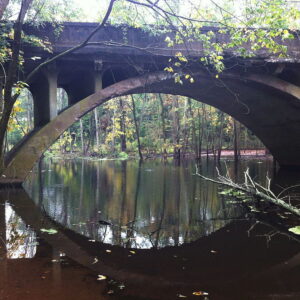
Middletown’s Arrawanna Bridge
Throughout much of the 20th century, the Arrawanna Bridge played a key role in Middletown’s transportation network, carrying traffic from Berlin Street to Newfield Street.
Read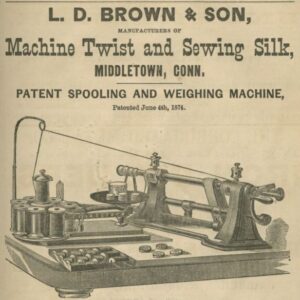
L.D. Brown and Son Silk Mill: A Staple in Middletown’s South Farms District
With established factories in Mansfield and Middletown, Lewis Dunham Brown and his son, Henry Lewis Brown, were pioneers in the US silk industry.
Read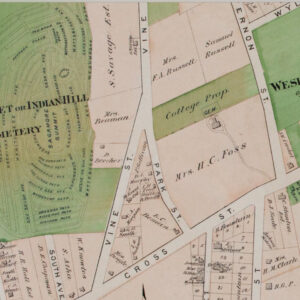
Middletown’s Beman Triangle: A Testament to Black Freedom and Resilience
One of the earliest and most politically active free Black neighborhoods in Connecticut emerged in Middletown in the late 1820s, the Beman Triangle.
Read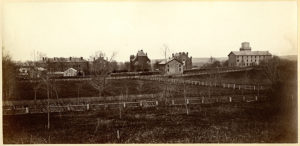
The Socially Dynamic Drumlin of Foss Hill
The changing nature of Foss Hill (on the campus of Wesleyan University) tells the story of evolving cultural influences that altered the landscapes of universities across the country.
Read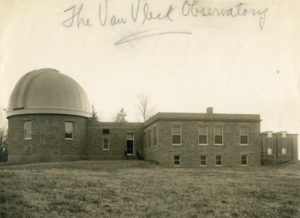
The Van Vleck Observatory: A Reflection of Environmental Conditions
Designers of the Van Vleck Observatory overcame numerous environmental and geographical challenges to help Wesleyan University make an impact on the world’s understanding of the universe.
Read
Middletown’s Reservoirs Drive Growth Throughout the 19th and 20th Centuries
The Laurel Brook and Mount Higby Reservoirs helped provide reliable sources of water that drove the growth of Middletown.
Read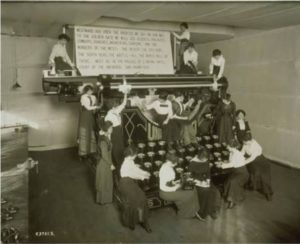
A Different “Type” of Connecticut Industry
In the middle of the 1800s, the invention of the typewriter revolutionized the way Americans communicated, including in Connecticut.
Read
Hurricane Gloria: “Storm of the Century”
In September of 1985, Hurricane Gloria made landfall in Connecticut, causing approximately $60 million of damage in the state.
Read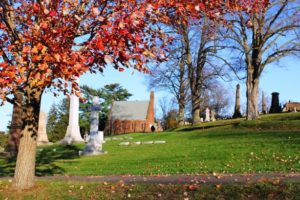
Indian Hill Cemetery and the Landscaping of Burial Grounds in the Mid-19th Century
The landscaping of Indian Hill Cemetery speaks to 19th-century reactions to industrialization and urbanization and the search for peaceful natural environments.
Read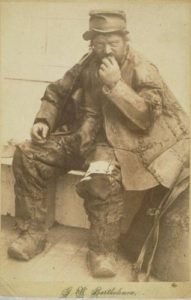
The Old Leatherman Alive in Our Memories
This enigmatic, solitary figure has captured the public imagination since the mid-1800s when he began walking a 365-mile interstate loop over and over again.
Read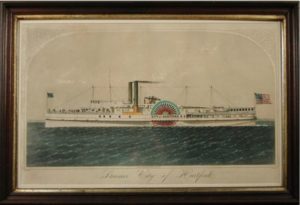
A Night to Remember: When the Steamboat Took on the Railroad—and Lost
A case of mistaken identity causes a vessel to crash into a bridge and results in new a rule for marking safe passage with red lights.
Read
Providing Bundles for Britain and News for America
Janet Huntington Brewster Murrow was a Middletown native who grew up to be one of America’s most trusted news correspondents, philanthropists, and the wife of Edward R. Murrow.
Read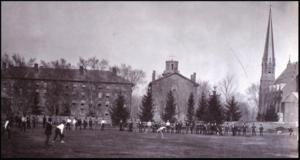
Andrus Field 1831–1911: Athletics and the Environment
The building of Andrus Field on the campus of Wesleyan University demonstrates changes made to the built environment to meet the changing needs of a local community.
Read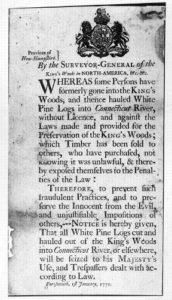
The White Pine Acts – Who Knew?
The British government made it illegal for colonials to cut down white pine trees over 24 inches in diameter—preserving the trees for use as masts on British naval ships.
Read
The Rev. Amos Beman’s Devotion to Education, Social Activism, and New Haven
Amos Beman spent much of his life a religious leader and social activist in New Haven, fighting the stereotypes and other obstacles he encountered because of his race.
Read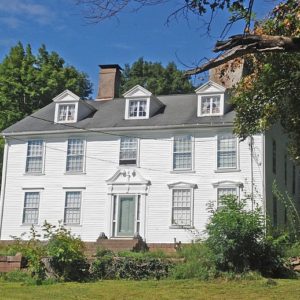
The Seth Wetmore House: A Storied Structure of 18th Century Middletown
Seth Wetmore was a merchant, judge, and deputy to the General Court of Connecticut. His house is one of Middletown’s oldest homes and one of thirty-three in the city listed on the National Register of Historic Places.
Read
Jeremiah Wadsworth, “foremost in every enterprise”
Jeremiah Wadsworth was a sea-going merchant, commissary general to the Continental army, and founder of the nation’s first banks.
Read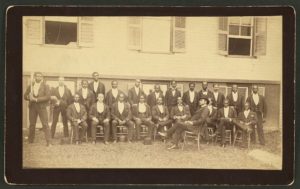
Swinging for the Fences: Connecticut’s Black Baseball Greats
In Connecticut, African Americans played organized baseball as early as 1868, some of the game’s biggest stars played for teams throughout the state.
Read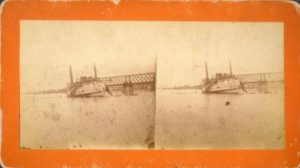
Steamboat Accident – Today in History: March 29
On March 29, 1876, the steamboat City of Hartford hit the Air Line Railroad Bridge on the Connecticut River at Middletown.
Read
James Williams, More than Trinity College’s Janitor
James Williams was an escaped slave who became a janitor at Trinity College from the institution’s founding in 1823 until his death in 1878.
Read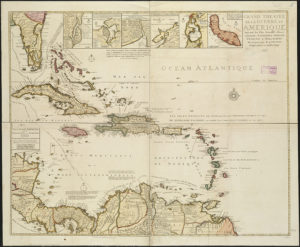
Connecticut and the West Indies: Sugar Spurs Trans-Atlantic Trade
This profitable exchange brought wealth and sought-after goods to the state but came at the price of supporting slavery in the bargain.
Read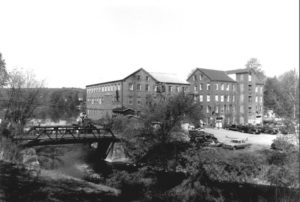
Buckling Up For Auto Safety
Connecticut joined several other states and the District of Columbia mandating seat belt usage for children and adults in automobiles in 1985.
Read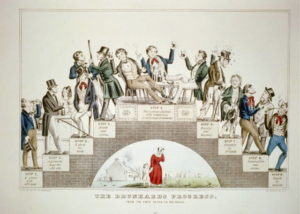
The Temperance Movement in Connecticut – Today in History: October 27
On October 27, 1841, the steamboat Greenfield traveled down the Connecticut River, transporting people to the Temperance Convention in Middletown.
Read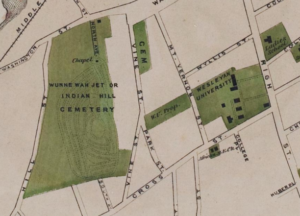
Indian Hill Cemetery and the Vernacular of the Times
Indian Hill Cemetery’s founders promoted their property as a place to find peace, both with the natural environment and with the area’s indigenous past.
Read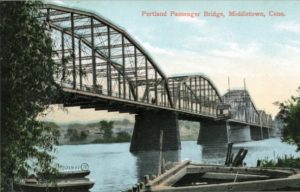
The Longest Highway Drawbridge – Who Knew?
In 1896, when the Middletown and Portland Bridge over the Connecticut River opened, it was the longest highway drawbridge in the world.
Read
The Hartford Wits
Eventually taking the name the “Hartford Wits,” influential figures of the 18th century got together to write poetry that documented the state of the times.
Read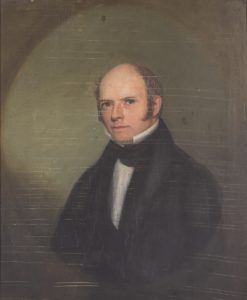
An Eccentric Middletown Polymath and Fossil Collector: Dr. Joseph Barratt
Despite his struggles with mental illness, Joseph Barratt was a significant contributor to the study of natural history in the Connecticut Valley.
Read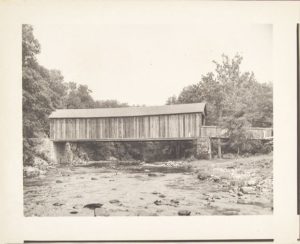
The Comstock Bridge Brings East Hampton Residents Together
Over the Salmon River, the Comstock Bridge served as part of the main road between Colchester and Middletown for much of its existence.
Read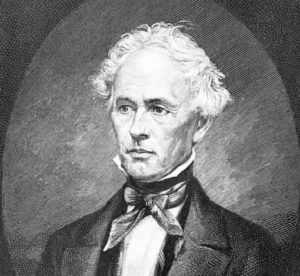
William Redfield Born – Today in History: March 26
On March 26, 1789, William C. Redfield, the noted American meteorologist, was born in Middletown.
Read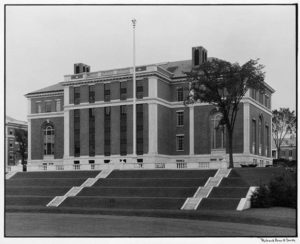
Olin Library and The Debate About Open Space at Wesleyan University
The history of Wesleyan’s library system includes a debate that reveals how values associated with the environment in the early 1900s helped shape the campus’s development.
Read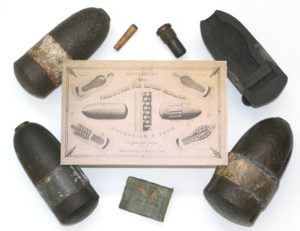
Connecticut Arms the Union
By the Civil War’s end, Connecticut had supplied 43% of the total of all rifle muskets, breech loading rifles and carbines, and revolvers bought by the War Department.
Read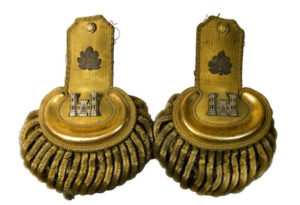
One of the Honored Dead: General J. K. F. Mansfield
A resident of New Haven and Middletown, Joseph Mansfield rose to the rank of brigadier general in the Union army before losing his life at the Battle of Antietam.
Read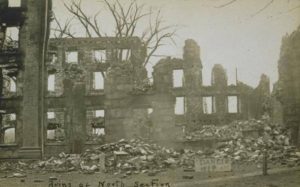
Fire at Wesleyan’s North College – Today in History: March 1
On March 1, 1906, North College at Wesleyan University in Middletown was destroyed by fire.
Read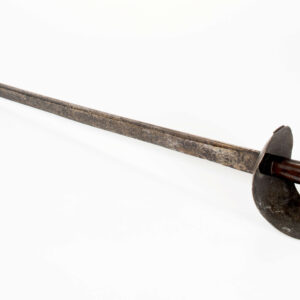
Middletown’s Nathan Starr Supplied Cutlasses for the War of 1812
On May 18, 1808, the Navy Agent Joseph Hull of New London negotiated a contract with Nathan Starr of Middletown for 2,000 cutlasses.
Read
Understanding the Environmental Effects of Industry by Examining the Starr Mill
The development of resources both in and around the Coginchaug River in Middletown were representative of prevailing attitudes about industrial expansion and environmental protection.
Read
Wesleyan Hills Helps Redefine Suburbia
The design of the Wesleyan Hills community in Middletown, Connecticut, stands in stark contrast to the uninspiring, cookie-cutter suburbs of the Post-World War II era.
Read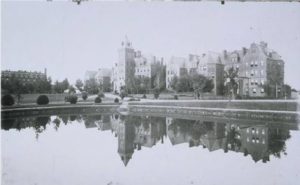
Designed to Heal: The Connecticut General Hospital for the Insane
The design of this state facility in Middletown reflects 19th-century beliefs about the environment’s ability to influence mental health.
Read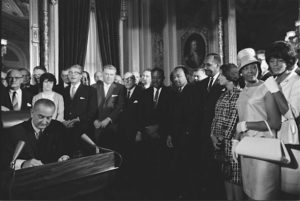
Selma, Not So Far Away
Father Leonard Tartaglia was sometimes called Hartford’s “Hoodlum Priest.” Like the 1961 film of the same name, Tartaglia ministered to the city’s poor and disenfranchised.
Read
Samuel Colt and Elizabeth Jarvis Marry – Today in History: June 5
On June 5, 1856, Samuel Colt married Elizabeth Hart Jarvis, the daughter of Reverend William Jarvis and Elizabeth Hart of Middletown.
ReadMore Articles




